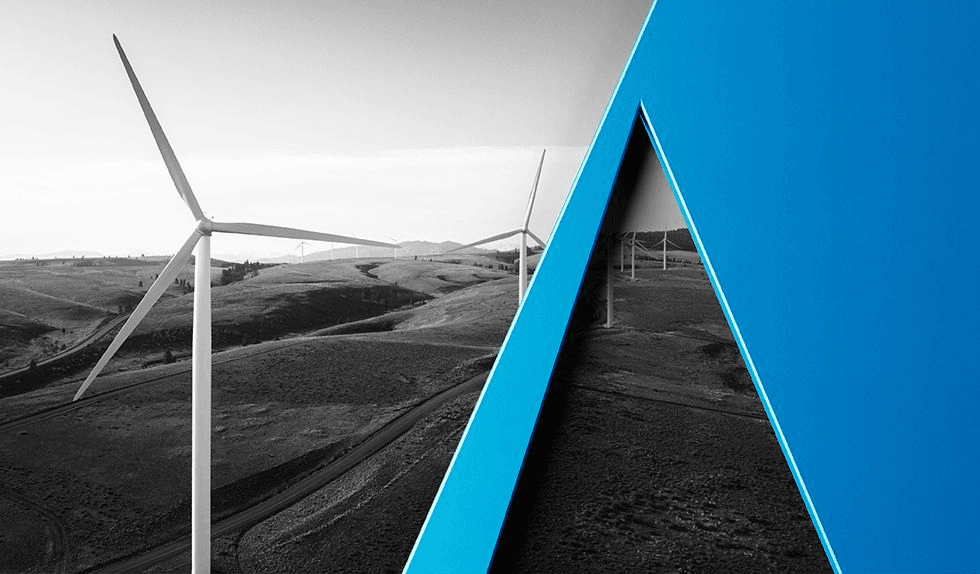Background
The Illinois ZEC program is one of several such programs enacted or under consideration by various states. Modeled in large part after renewable energy credit or certificate (REC) programs,1 ZECs compensate participating nuclear generators for the environmental attributes associated with their production of emissions-free electricity. Proponents claim that ZECs are necessary to value the environmental contributions of these facilities in the absence of a state or federal carbon price. Opponents argue that ZECs are focused more on maintaining high-paying in-state jobs than environmental goals, and that the state payments suppress wholesale market prices by forestalling the retirement of uneconomic units.
In the federal courts, opponents’ primary arguments have focused on ZECs’ similarity to a Maryland program subsidizing new gas-fired generation, which the Supreme Court invalidated in Hughes v. Talen Energy.2 In a consciously narrow opinion, the Court held that the Maryland program, by conditioning payment on participation in the wholesale auctions, intruded on the Federal Energy Regulatory Commission’s (FERC) exclusion jurisdiction over wholesale rates under the Federal Power Act (FPA).3 However, the Court made clear that its holding should not be read as applying to existing and future state subsidy programs “untethered to a generator’s wholesale market participation.”4
Seventh Circuit Opinion
Sticking to the narrow holding of Hughes, the Seventh Circuit observed that the Illinois ZEC program included no obligation for nuclear generators to participate in wholesale auctions and was, therefore, permissible under Hughes. Like the Supreme Court, the Seventh Circuit further observed that the FPA reserves to the states the authority to regulate generation within their boundaries, and that such authority is not curtailed because it may “incidentally affect areas within FERC’s domain.”5 The court concluded that, “because states retain authority over power generation, a state policy that affects [wholesale] price[s] only by increasing the quantity of power available for sale is not preempted by federal law.”6
The Seventh Circuit’s opinion is short, giving the impression that the court easily reached its holding. But the history of the proceeding suggests otherwise: two rounds of briefing took place, and the court invited FERC to file an amicus brief addressing whether the ZEC program intruded on FERC’s exclusive jurisdiction over wholesale rates. FERC replied in the negative, explaining that it will use its “means and [its FPA] authority to confront” any impacts of state programs, such as ZECs, on the wholesale markets.7 Although plaintiffs argued that the potential need for FERC action was proof of preemption, the court agreed with FERC, noting that “the need to make adjustments [to wholesale market rules] in light of states’ exercise of their lawful powers does not diminish the scope of those powers.”8
The Seventh Circuit also analyzed challenges to the ZEC program under the dormant Commerce Clause. This Constitutional doctrine, which prevents states from burdening interstate commerce, has dogged state generation subsidy programs for years. Although dormant Commerce Clause challenges have rarely, if ever, succeeded in this context—partly because states consciously design their programs to circumvent such challenges—they are a recurring feature of federal complaints. The Seventh Circuit dealt with these challenges almost summarily, observing that the “Supreme Court treats silence by Congress as preventing discriminatory legislation.”9 Since Congress expressly gave states regulatory authority over generation—authority naturally confined to a state’s boundaries—the court reasoned that it makes little sense to argue that such authority is prohibited by the dormant Commerce Clause.10 Although unlikely to be the end of dormant Commerce Clause attacks on state generation subsidy programs, the Seventh Circuit’s incisive analysis is sure to be cited in rebuttal to future challenges.
What’s Next?
A similar preemption and dormant Commerce Clause challenge to New York’s ZEC program remains pending before the Second Circuit, raising the possibility of a circuit split. A circuit split seems unlikely, though, considering the Second Circuit’s recent dismissal of a preemption and dormant Commerce Clause challenge to a Connecticut program based in part on RECs,11 which, as noted above, serve as the model for ZECs.
In the near-term, the Seventh Circuit’s holding is a welcome sign to New Jersey, where the Board of Public Utilities recently initiated the process of implementing ZEC legislation. It is also possible that the holding could serve as a catalyst for designing ZEC-like programs in other nuclear-heavy states.
It is unclear if plaintiffs will seek further appeal of the Illinois ZEC program, either to the Seventh Circuit sitting en banc or to the Supreme Court.
1 See Nuclear Energy Institute, Zero-Emission Credits 3 (2018), https://www.nei.org/CorporateSite/media/filefolder/resources/reports-and-briefs/zero-emission-credits-201804.pdf.
2 Hughes v. Talen Energy Mktg., LLC, 136 S. Ct. 1288 (2016) (“Hughes”).
3 Id. at 1299.
4 Id. (internal quotations omitted).
5 7th Circuit Opinion at *2 (citing Hughes at 1298).
6 Id. at *3.
7 Brief for the United States and FERC as Amici Curiae in Support of Defendants-Respondents and Affirmance at 7-8, Vill. of Old Mill Creek v. Star, No. 17-2433 (7th Cir. May 29, 2018).
8 7th Circuit Opinion at *3.
9 Id. at *4.
10 Id. at *3.
11 See Allco Finance Ltd. v. Klee, 861 F.3d 82 (2d Cir. 2017).



